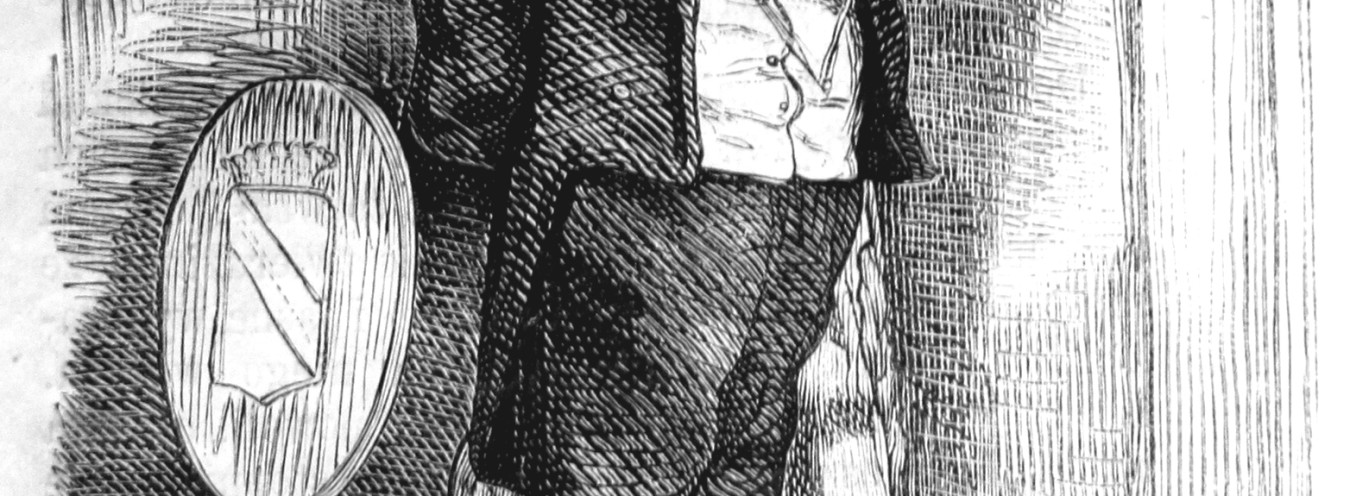
Domestic Service
Wokulski was sitting locked in his study with a certain Mr William Collins. The servant, long intrigued by these conferences, […] was dusting in the next room, and from time to time would put his ear or eye to the key-hole. (197)
For centuries, keeping servants was considered a necessity even in moderately wealthy houses both for prestige (as a sign of high social status) and for purely practical reasons. The smooth running of a household that had no sewage (Warsaw had the system installed only in the years 1883-1886) required special staff for fetching fuel and water, removing waste, preparing sophisticated meals, keeping the apartment clean, taking proper care of clothes, the carriage and horses. The Doll is quite reliable in its representation of the number and type of servants employed by Warsaw households of different social and financial standing. At the Łęckis’ (an average higher-income family), the service consisted of the old butler Mikołaj, his wife, the cook, and a maid, Anna. Wokulski is known to employ one servant who fulfils the duties of a footman (lower in hierarchy than the valet, who attended to his employer’s personal needs), and the decision to get his own cart entails hiring his own cart driver. The worse-off Helena Stawska made do with just one servant. Domestic service lived in their employers’ apartments, sleeping in the kitchen or servants’ rooms. By the end of the nineteenth century, the number of servants employed in a household was determined mainly by two practical considerations: home budget (servants need to be paid, so the parsimonious Baroness Krzeszowska only keeps one servant in that great apartment, and treats her like a wanton and a criminal) and technological innovations that facilitated the running of the house.
In the auhor’s lifetime, domestic service was dominated by females; in 1880, they constituted 60 percent of all servants in Congress Poland. The constant influx of the workforce from the countryside and the fact that even very young and inexperienced country girls, called “dirty necks,” were able to find a job very quickly also meant that women were paid considerably less than men. It was a male servant (a cook, a footman or a valet) that attested a higher social position of his employers. From 1857 onwards, work details of servants in Congress Poland were registered, updated and documented by a special Department for Service Control (which evolved from the Bureau for Service Control).
In The Doll, servants usually feature as background characters, often with no names provided. Apart from contributing to the realism of the represented world, they sometimes serve as vehicles for comments on the main characters and their actions (e.g., Wokulski’s footman or Baron Krzeszowski’s valet) or even move the plot forward (the fact that Baroness Krzeszowska’s maid breaks and hides her daughter’s doll results in a trial). The relations between aristocrats and their servants may seem a bit awkward, e.g. Tomasz Łęcki treats his butler Mikołaj with deep reserve, but turns a blind eye to the fact that his cousin Flora borrows money off this old servant for the upkeep of the house.
→ Money; → The Trial for the Theft of a Doll;
Bibliografia
- M. Kopczyński, Służba domowa jako grupa zawodowa w Europie XVI-XX w., in Kobieta i praca. Wiek XIX i XX, ed. A. Żarnowska and A. Szwarc, vol. 6, Warsaw 2000.


